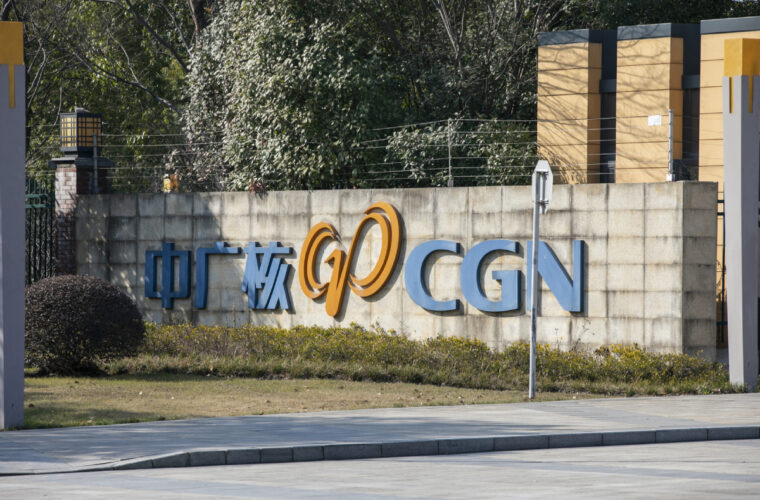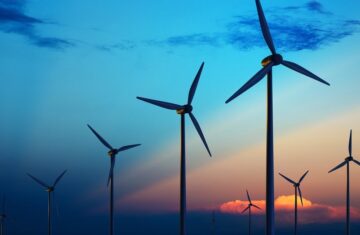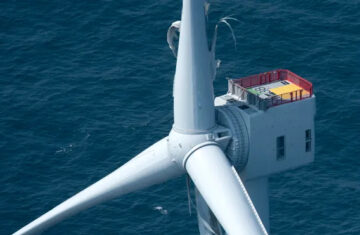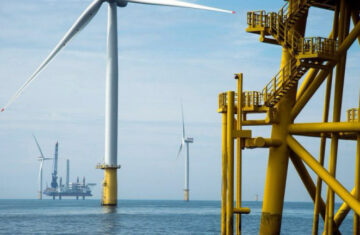A state-owned energy conglomerate, China General Nuclear Power Group (CGN), is leading a tech consortium to construct an offshore “integrated energy island” in southern China. This green power project, announced on November 22, is recognized by scientists as one of the country’s 10 most challenging engineering projects for the year.
Project Overview
The integrated facility aims to experiment with deep-sea renewable energy off the coast of Guangdong province, according to China News Services. With China focusing on harnessing green energy from offshore wind and floating solar farms, the initiative seeks to alleviate the pressure on scarce land resources.
As offshore facilities are pushed further into the ocean to avoid disrupting key shipping lanes, ports, and fisheries, the project is timely and essential.
Deep-Sea Renewable Energy Strategy
Chinese researchers are evaluating the feasibility of constructing deep-sea integrated energy islands as part of the country’s renewable energy strategy. The proposed massive man-made island will connect to large deep-sea offshore wind turbines, using the generated electricity for seawater desalination and hydrogen production. This clean fuel could then be transported back to the mainland.
In July, the China Association for Science and Technology ranked the construction of these deep-sea energy islands among the nation’s top engineering challenges. The challenges include seawater hydrogen production, offshore hydrogen storage, and the construction of a mega artificial island that can withstand seawater erosion, typhoons, and tsunamis.
Key Challenges and Innovations
A Guangdong official described the development of deep-sea integrated energy islands as a “huge challenge with huge potential.” The project requires establishing a large steel structure floating in the deep sea, alongside chemical production and storage modules. Key challenges include:
- Miniaturized Production Facilities: Developing efficient hydrogen, ammonia, and alcohol production facilities on a floating platform.
- Storage and Transport Safety: Creating safe storage and transport facilities for highly flammable materials in the deep sea.
- Custom Software Development: Designing and simulating the project to adapt to dynamic offshore conditions.
Collaborative Efforts

Given the project’s scale, CGN has partnered with several research institutions and industry bodies to address the megaproject’s complexities. The collaboration focuses on offshore power generation, microgrid networking, coordinated control, and offshore hydrogen production and storage technologies.
Global Context
European countries bordering the North Sea are also advancing their offshore energy ambitions, aiming to quadruple their offshore wind capacity by the decade’s end. Denmark and Belgium are planning to have energy islands operational by 2030, showcasing the global trend towards innovative renewable energy solutions.
Conclusion
CGN’s initiative to build an offshore integrated energy island signifies a major step in China’s renewable energy strategy. By tackling the engineering challenges head-on, this project could pave the way for sustainable energy solutions and position China as a leader in deep-sea renewable energy technology.
Sources
- China General Nuclear Power Group – Official Announcement
- China News Services – Energy Island Report
- China Association for Science and Technology – Engineering Challenges



